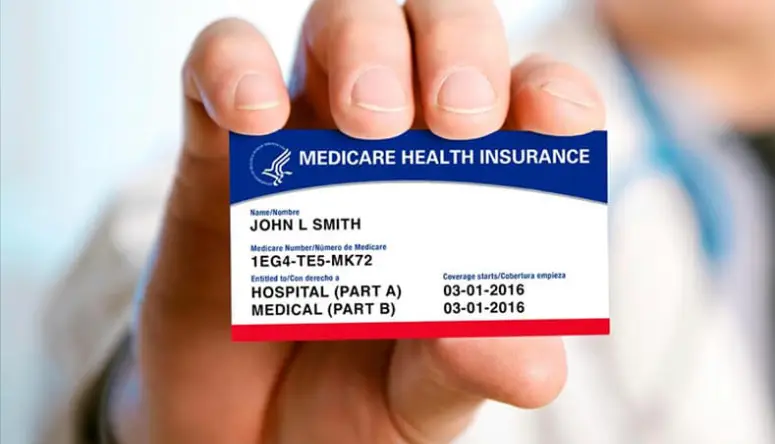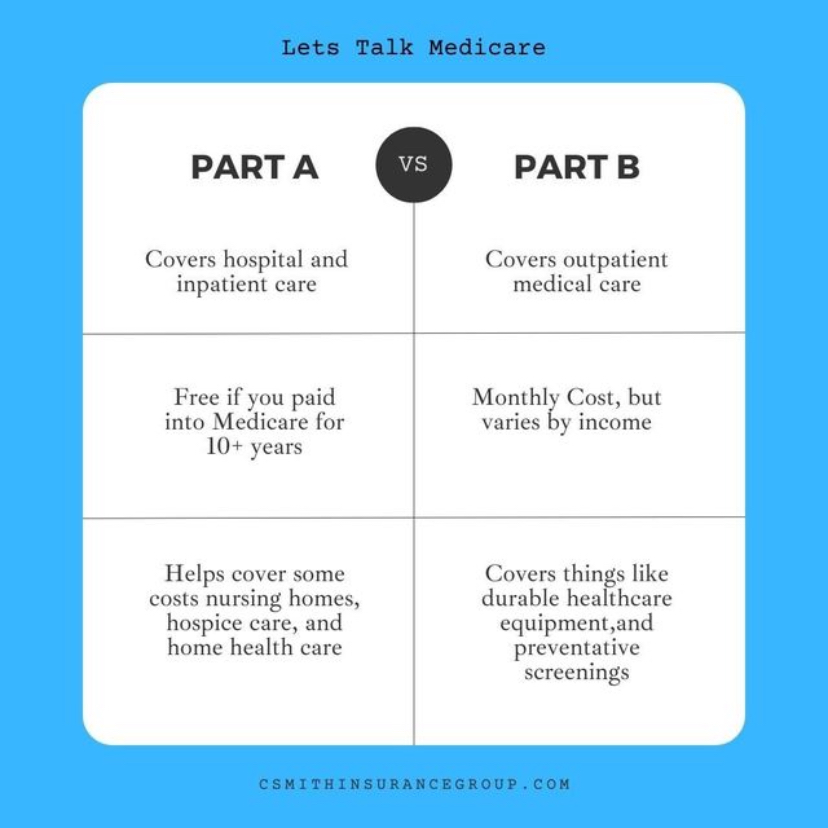
Introduction
Medicare is a crucial healthcare program that provides medical coverage to millions of Americans, ensuring access to essential healthcare services. As a beneficiary of Medicare, you have a unique identification number known as the Medicare Number, which plays a vital role in managing and coordinating your healthcare needs. In this comprehensive blog post, we will delve into the world of My Medicare Number, exploring its purpose, how to obtain it, and most importantly, how to protect it. Understanding the significance of your Medicare Number is essential for navigating the intricacies of the Medicare system and safeguarding your personal information. So, let’s dive in and discover everything you need to know about My Medicare Number.
What is Medicare ?
The Concept of The Medicare Number
What is a Medicare Number?
The Definition and Purpose of the Medicare Number
Historical background (mention the transition from HICN to Medicare Number)
Types of Medicare Numbers
Original Medicare Numbers
Medicare Advantage (Part C) Numbers
Other Variations of Medicare Numbers (e.g., Railroad Medicare)
Components of a Medicare Number
Conclusion
In conclusion, the Medicare Number serves as a unique identifier for individuals enrolled in the Medicare program. Its purpose is to accurately identify and track beneficiaries within the Medicare system, facilitating the coordination of healthcare services, processing of claims, and access to healthcare information. The structure and format of the Medicare Number may vary depending on the type of Medicare coverage, such as Original Medicare or Medicare Advantage. The transition from using Social Security numbers to the Medicare Number has improved privacy and security by reducing the risk of identity theft and fraud. Understanding and safeguarding the Medicare Number is crucial for beneficiaries to ensure the proper utilization of their Medicare benefits and to protect their personal information. The Medicare Number plays a vital role in supporting the efficient and effective delivery of healthcare services within the Medicare program, ensuring that beneficiaries receive the care and services they need














